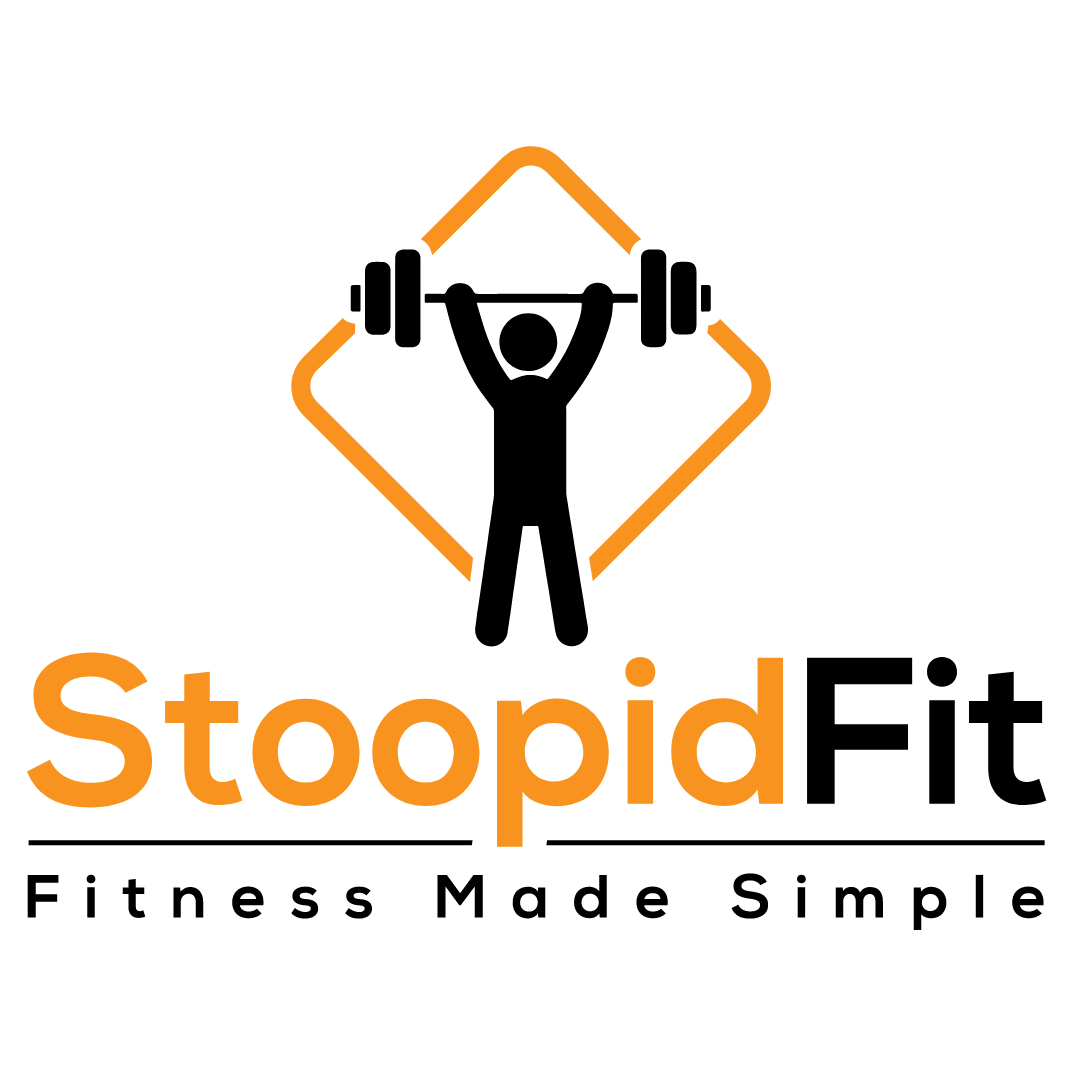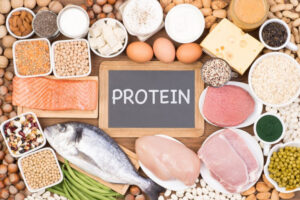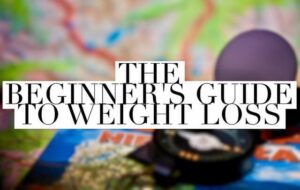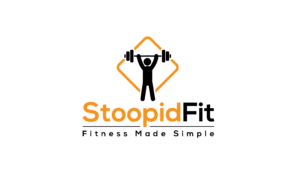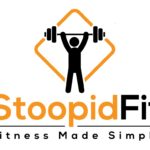Tracking your fitness journey is the easiest way to accelerate your progress. This can be the difference between feeling like you’re making progress and actually making progress. Whether you’re just starting your fitness journey or deep into it you may want to document the entire fitness journey. Here are a few reasons why you should track:
Why To Track
Accountability
Documenting your fitness journey makes it easy to be accountable to yourself. When you set up a routine for yourself to follow and have specific goals to hit daily or weekly you’re more likely to follow through with executing it. Having the different goals of your fitness journey visible for you to cross out and take action on will create motivation for you to keep following through. This helps keep you stay committed and focused.
Know Your Progress
If you want to take this seriously then it’s important to know what you’re actually doing. Too many people walk around getting tired in the gym and making blind food changes that feel like they’re doing something but are shocked when they see no change.
To avoid spinning your wheels and putting in energy without any return keeping track of your progress is key. It’ll help you know you’re progressing or not. Without knowing this, you’ll never know if what you’re doing is working or if you need to make adjustments to get the body you’re dreaming of.
For Comparison
The only person you should be comparing yourself to is your past self (to a degree). You don’t have to wait until the end of your journey to see how far you’ve come. There’ll be times you’ll feel stuck. Being able to look back and appreciate how far you’ve come can be a huge motivator to keep going!
What To Track
Now that we understand the value of tracking, what are you supposed to track anyway?
There are 3 main areas that you need to worry about when going on a fitness journey: physical progress, activity, and nutrition. Each will have a specific set of metrics that will help you get a complete picture of your fitness journey.
Physical Progress
You want to be able to measure whether your body is actually changing or not. Otherwise, how are you going to know if you’re heading in the right direction?
Scale Weight is the most common way and definitely the easiest but it isn’t always reliable. There are a lot of variables that impact your day-to-day scale weight. So instead of comparing your weight day-to-day, it’s more effective to compare your scale weight week-to-week by comparing averages like shown below.
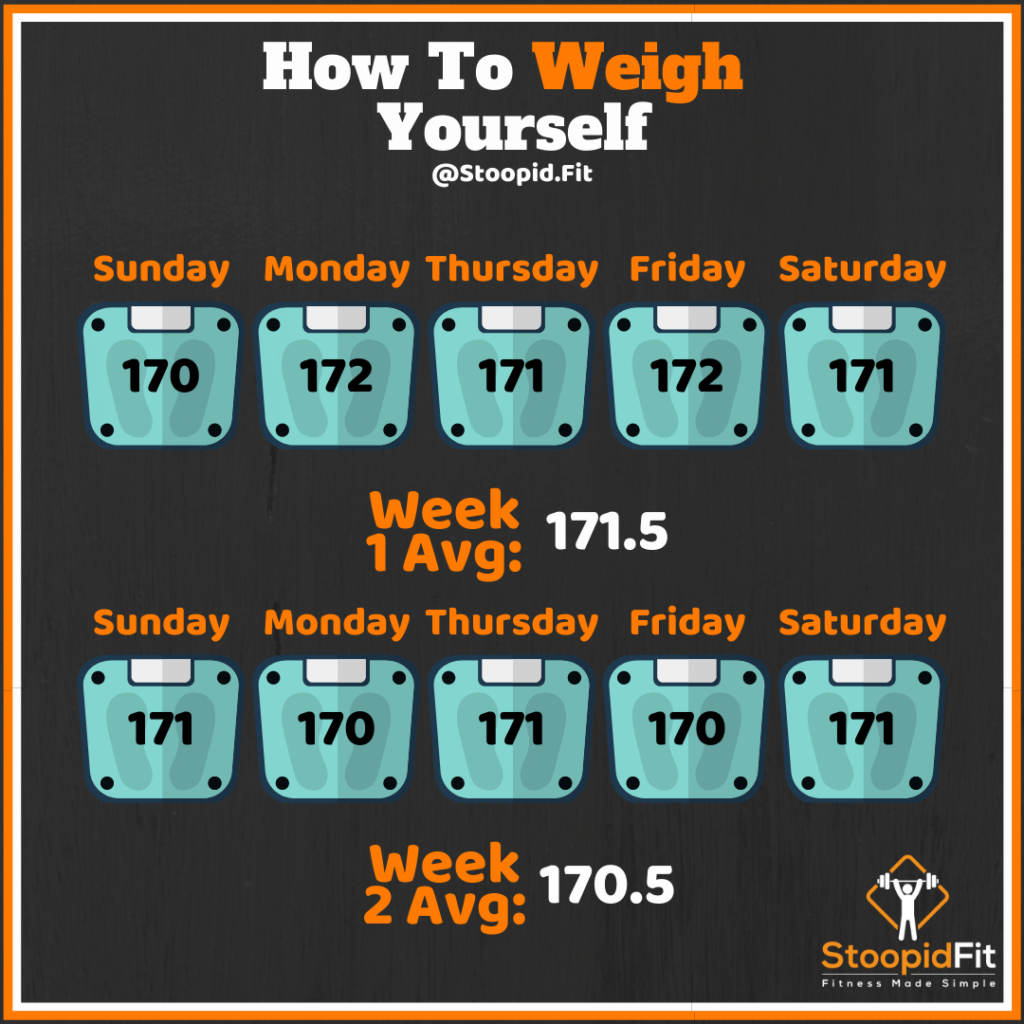
Progress Pictures are another great tool to use for physical progress. At the end of the day, what you really want isn’t to weigh a certain amount. It’s to be proud of the way you look and become a smaller person. So if you find yourself getting emotionally overwhelmed by the scale this is a much better alternative for you. I recommend doing these every 2-4 weeks.
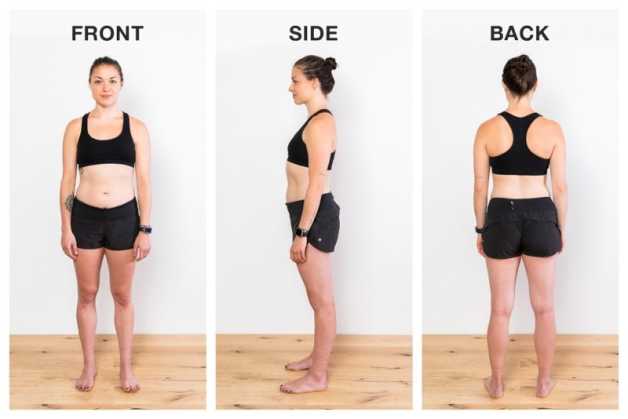
Tape Measurements are the last way to measure physical progress. This is great because sometimes the scale won’t change for a long period of time but your body can change dramatically. Again, the goal you’re after is to become a smaller person, so this will be a great way to measure (haha pun) that! I recommend doing these every 4 weeks or so.
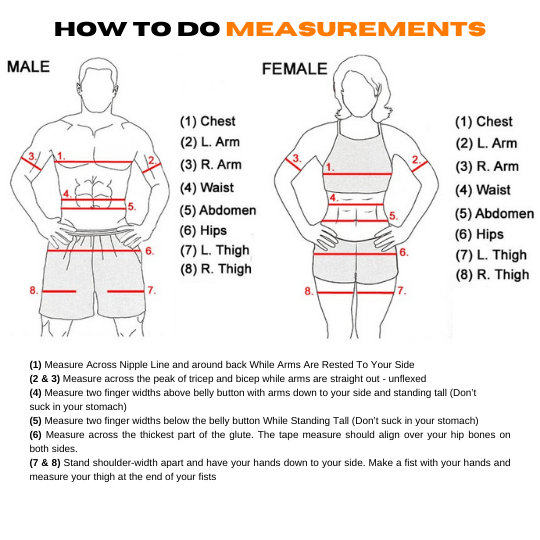
IMPORTANT NOTE ON PHYSICAL PROGRESS
We want to control as many variables as possible when tracking these metrics. This will help us make sure that we’re making a fair comparison between two different points in time. So when you weigh yourself, be sure to do so first thing in the morning, after using the bathroom, and before eating anything.
For progress pictures and measurements do the same but also make sure it’s the day after a rest day (a day you didn’t work out). Also be sure to take pictures in the same clothes, lighting, and background. This is to help make sure the comparisons are even.
Activity
We need to make sure that we’re staying active and that our workouts are effective while going through our fitness journey. There are two main types of activity that you should be measuring regularly.
NEAT Activity which stands for non-exercise activity thermogenesis. This is all the activity you do throughout the day that isn’t done at the gym. The best way to measure this is by keeping track of your daily step count. It’s best to use a wearable device to measure this accurately. A good rule of thumb is aiming for 7,000-12,000 steps a day.
Training Activity is all of your workout activities. We need to measure this to make sure that we’re progressing and that our body isn’t adapting to the activity we’re doing. The best way to do this is by keeping track of the weights you’re lifting, the number of sets you’re doing, and the reps performed. You can do this using a notebook, training app, or an excel spreadsheet.
Nutrition
Arguably the most important aspect of this entire nutrition journey is keeping track of what you’re eating! You don’t have to keep track of all the different vitamins and minerals of your food though. In fact, it’s much easier than that.
The 3 most important variables you need to track with your food are:
Calories- This will ultimately influence whether you lose weight or not. Find out how many calories you should be eating by clicking here.
Protein- This is the most important nutrient while dieting because it helps boost metabolism, maintain muscle, and regulate hormones.
Fiber- This is important for regulating your appetite and making sure that your digestive system is functioning properly while dieting.
The best way to keep track of these is with a fitness diary app like MyFitnessPal or Chronometer. The actual amount of calories, protein, and fiber you need varies greatly from person to person. To find out what you need for your fitness journey, download my ebook The Nutrition Manual, a step-by-step guide to helping you design your perfect nutrition plan.
Conclusion
You need a plan and routine if you really want to achieve your fitness goals. This requires you to document your entire fitness journey to identify where you might need to make improvements, track your progress, stay motivated and just appreciate what you are doing through the entire journey.
